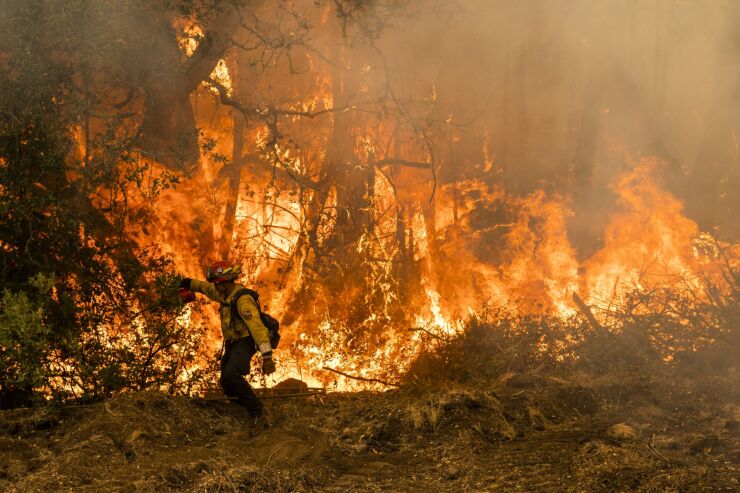(Bloomberg) -- As climate change contributes to ever-worsening fire seasons in the Western U.S., more people are moving to the very areas most likely to burn.
Of the 15 counties with the highest risk of fire by 2050, two-thirds have growing populations, according to a new analysis from
In Placer County, California, near Sacramento, for instance, the number of residents climbed by 7% from 2013 to 2018, despite the fact that the area is tied for the highest fire risk in the nation, the company found. Morgan County, Utah, northeast of Salt Lake City, will also be among the most prone to burning, saw its population increase by 17.5% in the period.
The data underscore a troubling pattern that wildfire experts have long acknowledged: Not only is the risk of devastating conflagrations climbing as the planet warms, but people are making the situation worse by moving into areas that are prone to catch fire, either in pursuit of a more bucolic setting or because they’re being
ClimateCheck is hoping that its service will help people make more informed decisions when they decide where to live. The company takes the latest academic and government research and translates it into easy-to-read metrics about a property’s risk for everything from drought to flooding to wildfires.
Already, mortgage companies, insurers and other businesses are starting to build climate data into their
“Markets can’t respond if no one knows,” she said. “There’s an information asymmetry here so that it’s hard for people to adjust their behavior.”






